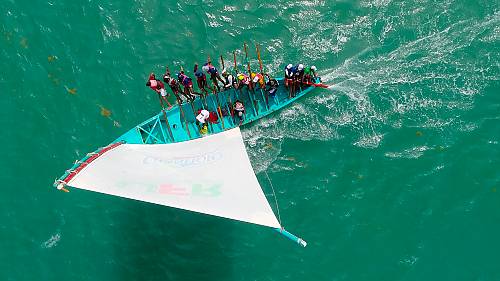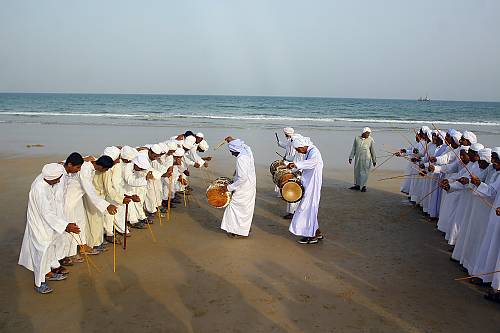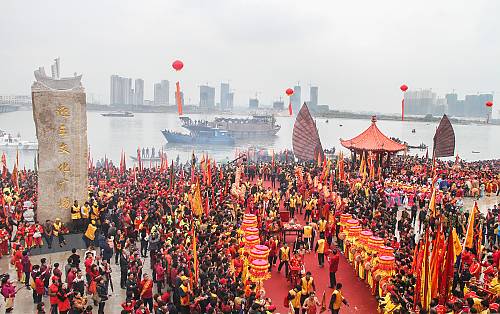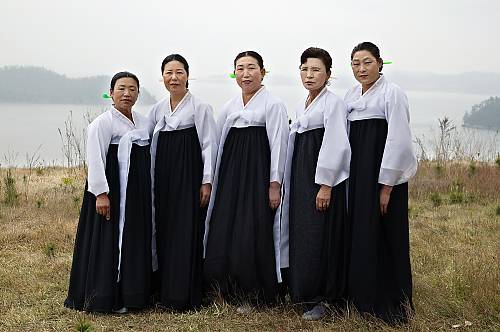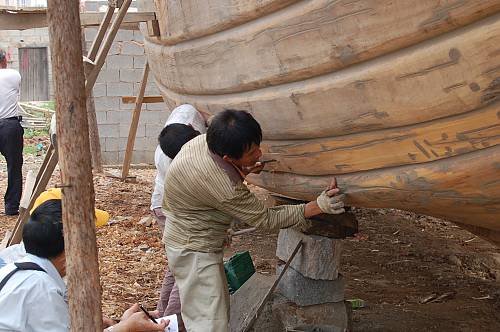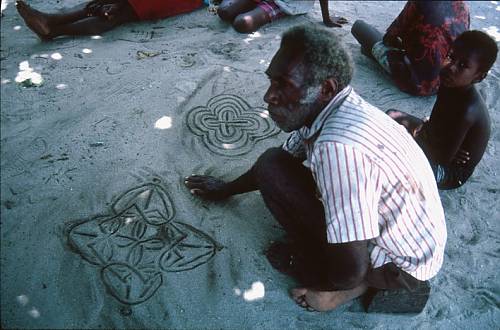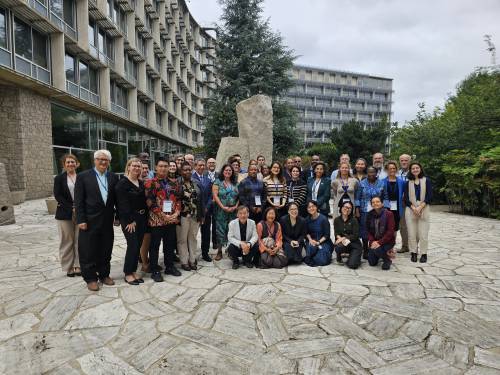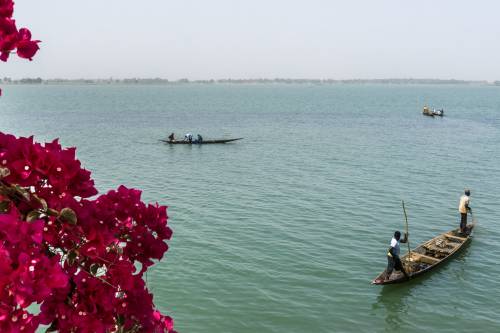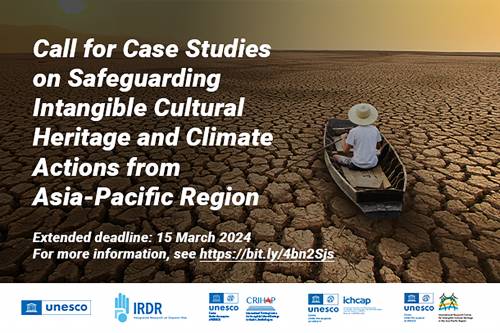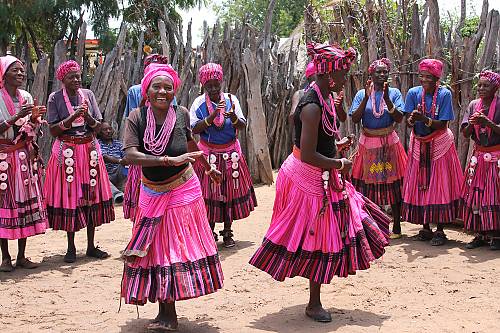This year marks the beginning of the decade of Ocean Science for Sustainable Development. Alongside World Oceans Day, it is an opportunity to have a glimpse at the living heritage practices related to oceans and to discover the various ways the safeguarding of intangible cultural heritage, of oceans and of the environment at large are entangled.
Oceans are the lungs of our Planet and a major source of food and medicine and a critical part of the biosphere. They also form an important component of the tangible and intangible heritage of many people and communities around the world. Maritime intangible cultural heritage tells a story of people’s relationship with marine and coastal environments, from wooden shipbuilding to navigation skills, sea fishing or islanders’ rituals and music.
Some of these cultural practices have been inscribed on the lists of the 2003 Convention for the Safeguarding of the Intangible Cultural Heritage: shipbuilding skills from China, Norway, or Indonesia, navigation knowledge from the Islamic Republic of Iran or the Caribbean, songs, music and dances closely related to Indian ocean. Discover them through ‘Dive into living heritage’ interfaces and see how they contribute to a harmonious relationship between human settlements and a maritime environment.
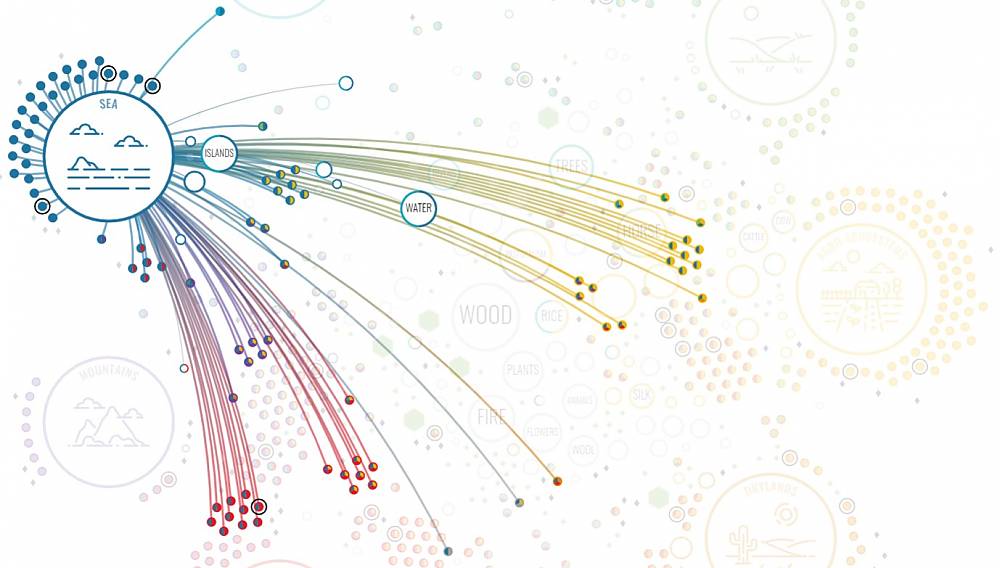
© UNESCO
These ways of living heavily depend on the health of oceans, as much as coastal and marine communities are key for preserving the quality of life under water.
It is important to note that coastal and maritime cultural heritage is at risk today from various pressures such as the loss of traditional fishing fleets, neglect, climate change, pollution, or urbanisation. The World Environment and Oceans Days 2021 call for urgent action to revive our damaged ecosystems. From forests to peatlands to coasts, we all depend on healthy ecosystems for our survival, and Oceans are one of them.
Scroll throughout our photo gallery below and dive into the constellation of Biomes and ICH.

